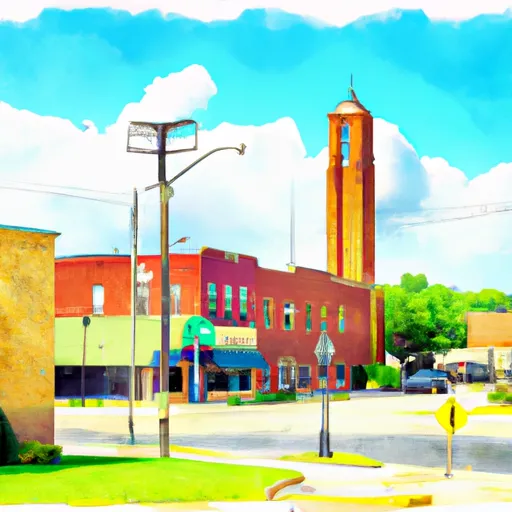°F
°F
mph
Windspeed
%
Humidity











Milford, Iowa is a charming town located in Dickinson County, in the northwestern part of the state. It offers a diverse climate with distinct seasons, making it an ideal destination for outdoor enthusiasts. Summers are warm, with temperatures averaging around 80°F, perfect for outdoor activities like hiking, biking, and fishing. Winters, on the other hand, are cold and snowy, creating opportunities for skiing, snowboarding, and ice fishing.
One of the highlights of Milford is its proximity to the beautiful West Okoboji Lake. The hydrology constituents of this lake are exceptional, providing excellent opportunities for water-based activities such as boating, kayaking, and swimming. Anglers will also find a variety of fish species, including walleye, bass, and catfish.
In addition to the lake, Milford boasts a number of parks and trails. The Okoboji View Golf Course offers stunning views while practicing your swing, and the nature trails in nearby parks allow visitors to immerse themselves in the natural beauty of the area. Whether you're a nature lover, a water enthusiast, or simply seeking outdoor adventures, Milford, Iowa, has something for everyone.
Weather Forecast
Milford receives approximately 759mm of rain per year, with humidity levels near 81% and air temperatures averaging around 8°C. Milford has a plant hardyness factor of 5, meaning plants and agriculture in this region thrive during a short period during spring and early summer. Most plants will die off during the colder winter months.
Regional Streamflow Levels
6
Cubic Feet Per Second
132
Cubic Feet Per Second
76
Cubic Feet Per Second
27
Cubic Feet Per Second
Nearby Camping
| Camping Area | Reservations | Toilets | Showers |
|---|---|---|---|
| Legion City Park | |||
| Hacklebarney Woods County Park | |||
| Cold Spring Park | |||
| Pilot Grove Co Park | |||
| Pottawattamie County Fairgrounds | |||
| Botna Bend County Park |



